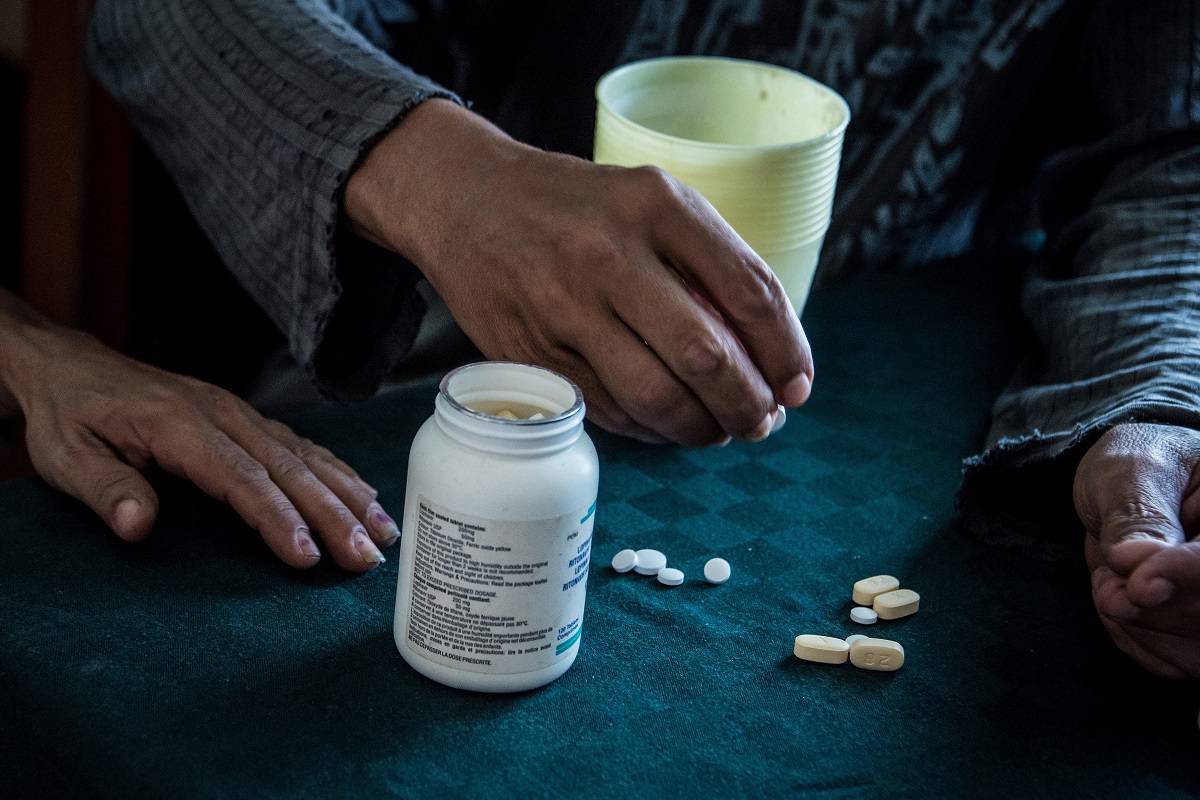The virus that causes AIDS is continues to spread among women and the gay community in Latin America, due largely to the violence and discrimination that afflict both groups, according to a United Nations official.
“The rise in the number of infections is occurring among young women and gay men, both of whom live in situations of discrimination,” Luiz Loures, deputy director of the UNAIDS program, told AFP.
Because they are discriminated against, he added, people in these groups sometimes shun society and do not take part in prevention programs.
Across Latin America, the overall number of infections of the Human Immunodeficiency Virus (HIV), which causes AIDS, has been stagnating, a worrying phenomenon when compared to other regions such as Africa where it is in decline.
Loures, who holds the rank of UN Undersecretary General, was in San José this week to take part in a forum organized by ICW Latina, which brings together women living with HIV.
At the forum, he drew a clear link between high rates of violence among young Latin women and high HIV rates.
“Our statistics clearly show that where there is violence, there is HIV,” he said, adding that “women who suffer violence may have an HIV risk 30 to 50 percent higher than those who do not.”
He added that more than 30 percent of young women in Latin America say they have suffered physical or sexual violence, a rate he called “very high, and very concerning.”
Worrying levels of violence
In fact, women in Latin America – particularly in Mexico and Central America – face the highest rates of violence of women anywhere in the world, according to a report by the UN Women office.
The other problem is the difficulties many women face in obtaining needed care or information on reproductive health, with 42 percent of women in some countries saying they have suffered discrimination in health centers, Loures said.
“This is a permanent problem and it leaves a black mark on the region,” he said. “Until we reduce violence and discrimination, there is no way to stop the new infections” of HIV.
In 2016, some 540,000 women in Latin America were living with AIDS, and of them, 73,000 were between the ages of 15 and 24, according to UNAIDS. Throughout the region, a total of some 1.8 million people carried the virus.
This year, an estimated 27,000 new HIV infections will afflict women in the region, 28 percent of all new cases, the organization said.
Loures noted that Latin America was the first region in the world where a movement arose in civil society to demand treatment for HIV patients, leading some governments to guarantee treatment. However, he said that Latin countries will have real difficulty in reaching a UN goal of eradicating infections by 2030.
While many people with HIV were being treated, others were yet to be served, he said.
“We need to do much more,” Loures said. “We have to do a better job of ending violence against women, which for me is a more important epidemic than that of HIV.”







